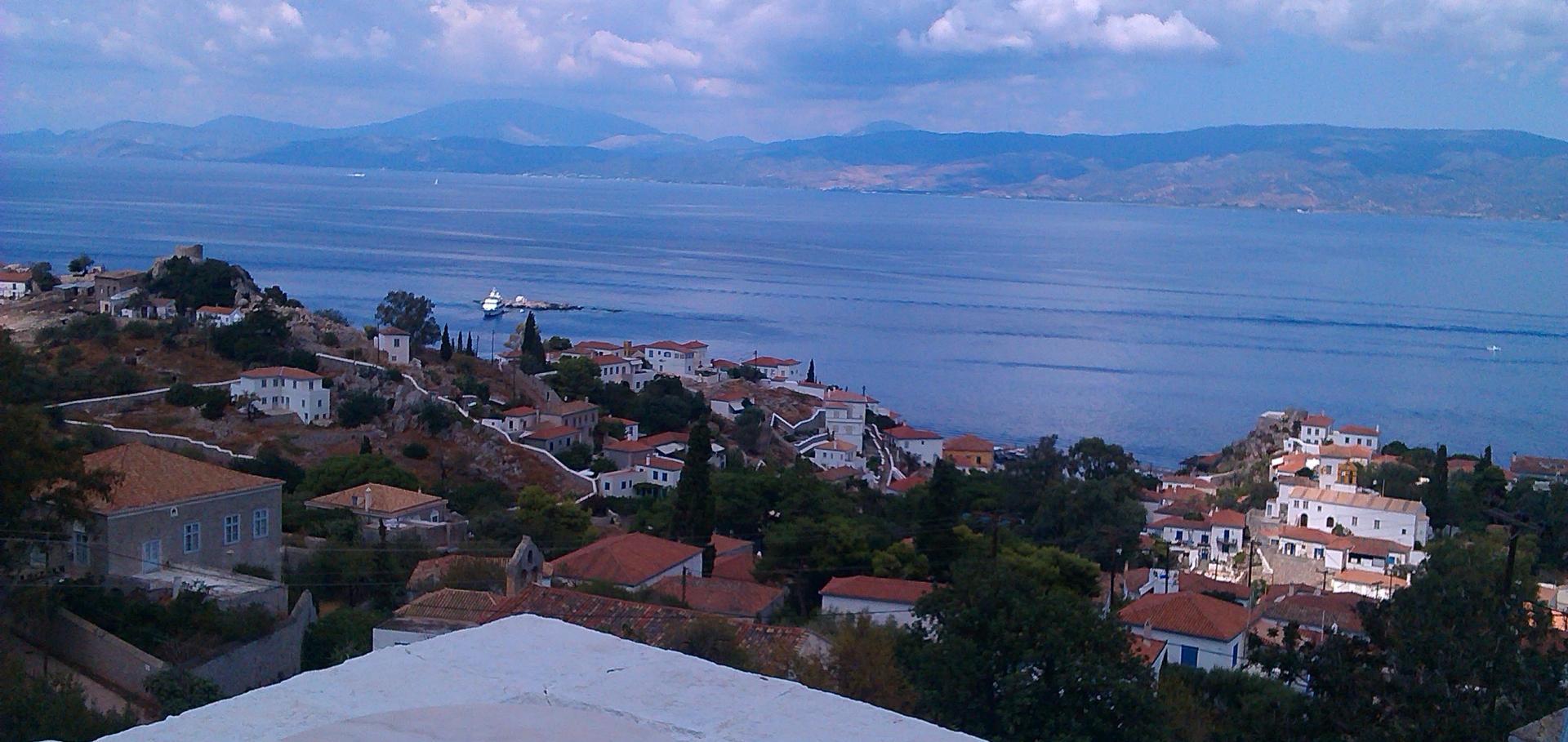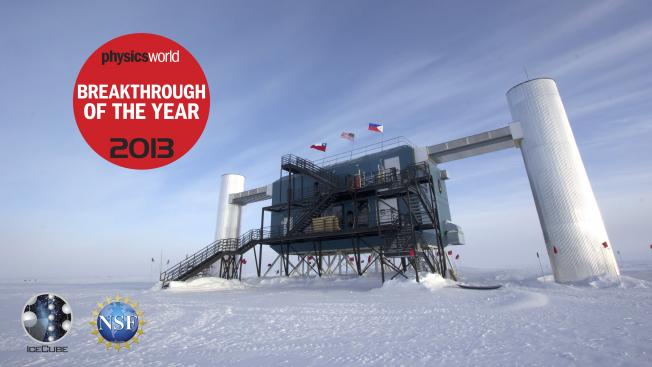Magnetic monopole search with the full MoEDAL trapping detector in 13 TeV $pp$ collisions interpreted in photon-fusion and Drell-Yan production
(2019)
Maser radiation from collisionless shocks: application to astrophysical jets
High Power Laser Science and Engineering Cambridge University Press 7 (2019) e17
Abstract:
This paper describes a model of electron energization and cyclotron-maser emission applicable to astrophysical magnetized collisionless shocks. It is motivated by the work of Begelman, Ergun and Rees [Astrophys. J. 625, 51 (2005)] who argued that the cyclotron-maser instability occurs in localized magnetized collisionless shocks such as those expected in blazar jets. We report on recent research carried out to investigate electron acceleration at collisionless shocks and maser radiation associated with the accelerated electrons. We describe how electrons accelerated by lower-hybrid waves at collisionless shocks generate cyclotron-maser radiation when the accelerated electrons move into regions of stronger magnetic fields. The electrons are accelerated along the magnetic field and magnetically compressed leading to the formation of an electron velocity distribution having a horseshoe shape due to conservation of the electron magnetic moment. Under certain conditions the horseshoe electron velocity distribution function is unstable to the cyclotron-maser instability [Bingham and Cairns, Phys. Plasmas 7, 3089 (2000); Melrose, Rev. Mod. Plasma Phys. 1, 5 (2017)].Spectral Distortions of the CMB as a Probe of Inflation, Recombination, Structure Formation and Particle Physics
(2019)
Search for annihilating dark matter in the Sun with 3 years of IceCube data (vol 77, pg 146, 2017)
EUROPEAN PHYSICAL JOURNAL C 79:3 (2019) ARTN 214
Science with the Cherenkov Telescope Array
World Scientific (2019)



